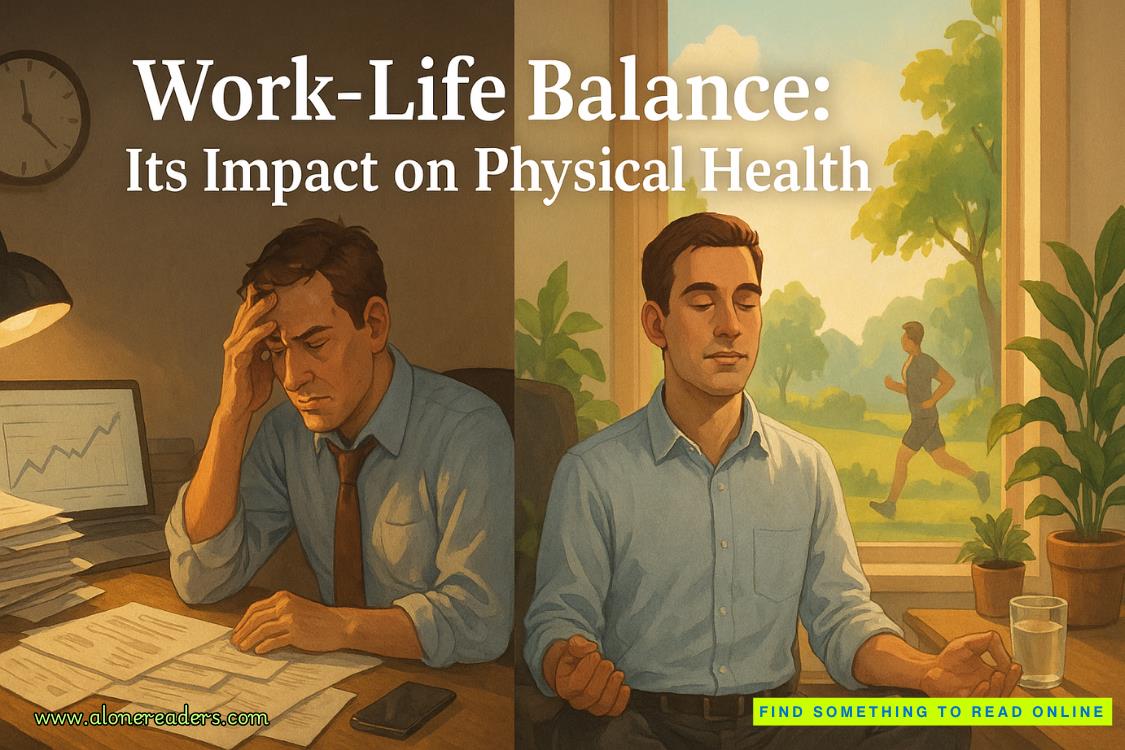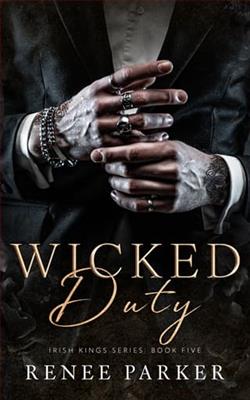Page 137 of Pride Not Prejudice
Thankfully, though, the wagging tongues of the ton always found some new intrigue to garner their interest, and after a while, the Marchioness of Waverly and her flight from London had become yesterday’s news. She and Ara lived happily and quietly, with only eyes for each other, and their love had only grown more with each passing day.
“I love you, you know,” Margot said softly.
Ara peered down at her. “I love you, too, but I would absolutely love you more if you weren’t such a terrible tease.”
Margot snorted at the petulant tone. “You are uncommonly single-minded.”
“And you haven’t lost your ruthless streak in the least. I want to come.”
“How about impatient or irascible?” With a soft chuckle, Margot relented and resumed her efforts at the compelling juncture of Ara’s thighs, stoking the embers into an inferno in seconds. She lifted her lips from the wet bliss below her. “Blazing Quim, the second?”
“Margot, for the love of all things holy—!”
Her laughter filled the room and as she brought the love of her life to shuddering, swift completion, she knew exactly what Ara had meant earlier. It was like this between them because of love. Ara knew her heart, knew her body and soul. And vice versa.
Margot crawled back up and gathered a sated, happy Ara into her arms. When she was a little girl, she’d always dreamed of the fairytale…of the handsome prince, magical ponies, and a magnificent castle to call her own. She wanted to love and be loved. She yearned to find that elusive happy ever after. But that was a storied myth, or perhaps it was simply a story that had needed a new ending to suit its own singular characters.
Because after a rough start, Margot’s wishes had come true, albeit with a few minor adjustments. Instead of a castle, she owned a charming manor house near the shore. Instead of ponies, she discovered paintings held more magic. And instead of a prince, she’d found a stunning, talented, clever, and witty princess who fit her fairytale ending perfectly.
Like the most exquisite glass slipper.
“You’re my shoe,” she whispered.
Ara snorted and wrapped her arms around her. “Darling, I think my Super Quim has addled your mind.”
“That is definitely not the name.”
“I think it is, and I think you’re jealous that yours only has fire powers.”
They bickered until Ara silenced her with a kiss, and then after several more heated kisses followed, Margot could only sigh with utter happiness.
Sometime later, Ara stroked her cheek. “Margot?”
“Yes, love.”
“You’re my shoe, too. We’re a matched pair.”
Indeed, they were. There would always be room for what they had, for who they were, and what they shared. No one could take that from them. Love, after all, was all-encompassing, inclusive, and infinite. It didn’t exist between lines or allowed itself to be defined by narrow social expectations. It didn’t exclude or diminish. Love shifted and grew, and became whatever it needed to be. Love made space for everyone.
And this was theirs.
HAPPY EVERYONE AFTER
THE END
Author’s Note
My heroines are inspired by real LGBTQIA+ people in historical times. Catherine Hilda Duleep Singh, born in 1871, was a Sikh princess who was both a woman of color in Queen Victoria’s court as well as a lesbian who lived with her governess and partner until she died. Isadora Duncan, born in 1877 and arguably the trailblazer of interpretive dance, was a dancer and feminist who did not believe in traditional roles for women and was open about her bisexuality as well as the notion of “free love.” She had two children out of wedlock.
In England, it was not illegal for women to engage in lesbian or bisexual acts, but in 1885, the Labouchere Amendment criminalized sex acts between men. This act led to the imprisonment of the writer and playwright Oscar Wilde, who was in a relationship with Lord Alfred Douglas, the Marquess of Queensberry’s youngest son. Both men make cameos in this story. His father was furious, but Douglas claimed in a letter to his mother, “You cannot do anything against the power of my affection for Oscar Wilde and his for me.” Wilde, a popular figure and huge patron of art and literature, was put on trial for “gross indecency” in 1895 and sentenced to 2 years of hard labor, leading to his death in Paris 3 years after he was released. He was only 46. In a more inclusive world, Oscar Wilde might have been spared such a tragic end.
A quick note on Lady Rawdon’s gallery, which was inspired by a real gallery of the time called the Grosvenor Gallery, founded in 1877 by Sir Coutts Lindsay and Lady Caroline Blanche Elizabeth Fitzroy and located at 135 New Bond Street in London. The gallery was known for its unique displays as well as its unconventional art, particularly by women. Of over 1000 artists shown during its history (1877-1890), 25% were female. Interestingly enough, Oscar Wilde reviewed the gallery’s opening exhibition, and praised its unique arrangement and forward-thinking style.
About the Author
AMALIE HOWARD is a USA Today and Publishers Weekly bestselling author. Always Be My Duchess was one of Cosmopolitan Magazine’s 30 Best Romance Books of 2022 and The Beast of Beswick was one of Oprah Daily’s 24 Best Historical Romance Novels to Read. She is also the author of several critically acclaimed, award-winning young adult novels. Her books have been featured in The Hollywood Reporter, Entertainment Weekly, and Seventeen Magazine. When she’s not writing, she can usually be found reading, being the president of her one-woman Harley Davidson motorcycle club, or power-napping. She lives in Colorado with her family.
Visit her at www.amaliehoward.com















